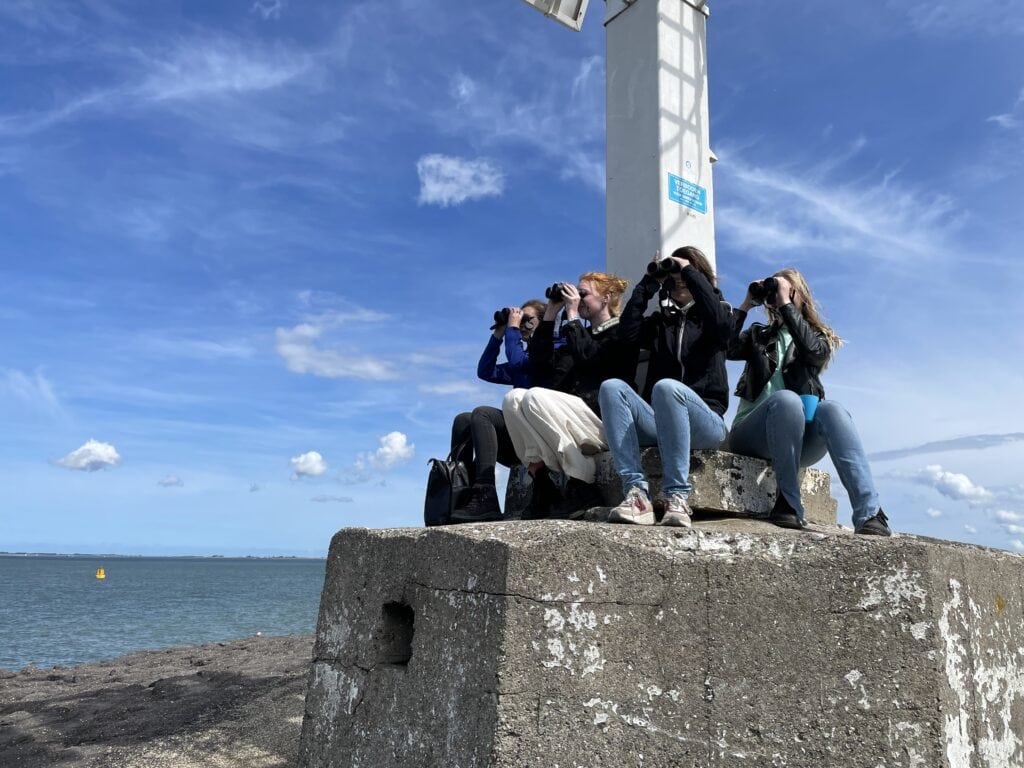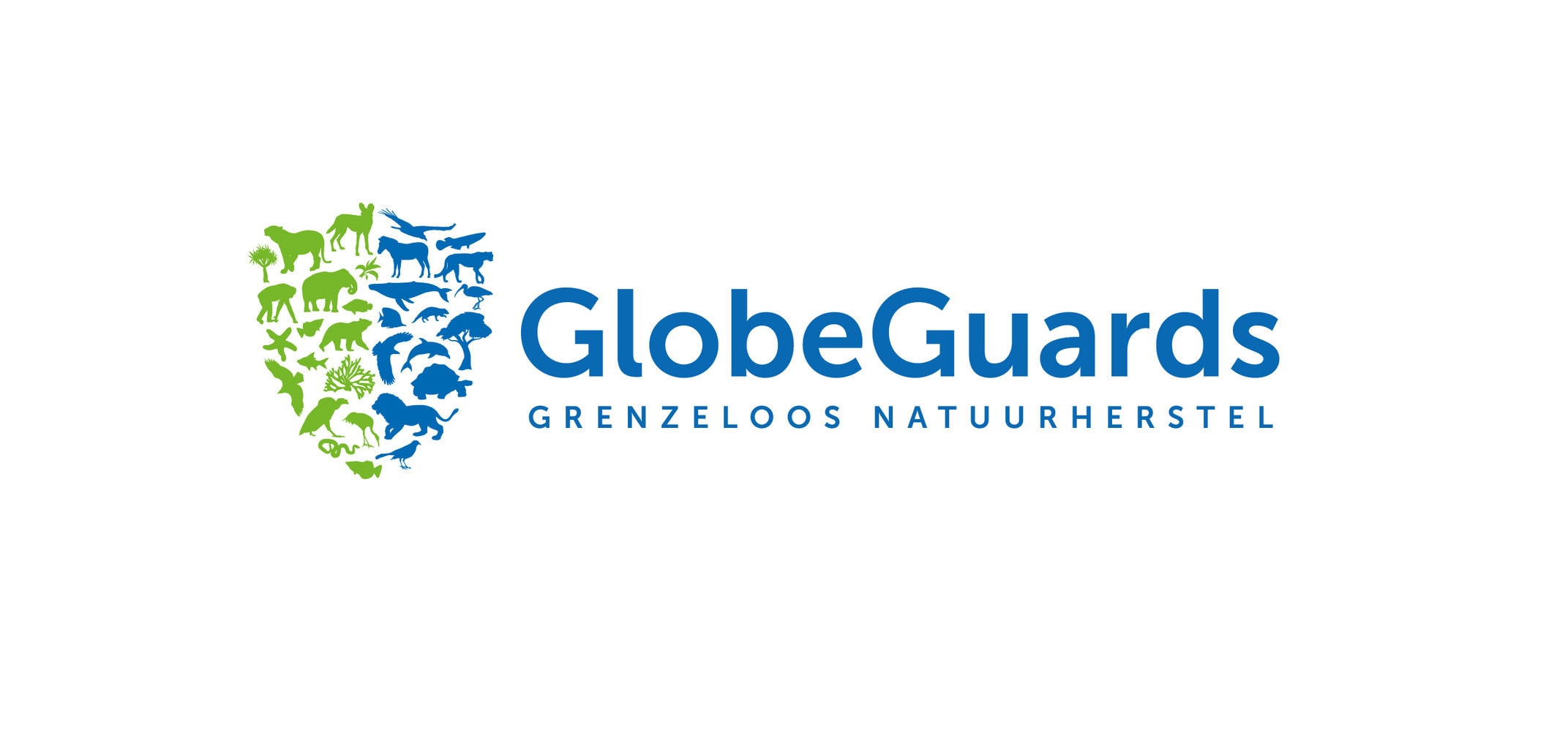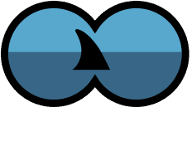Congratulation on joining the Global Whale Count! By participating, you will help collect scientific data that will contribute to a better understanding of whale behaviour and biology. These insights will inform educational efforts and conservation measures. So… Thank you!
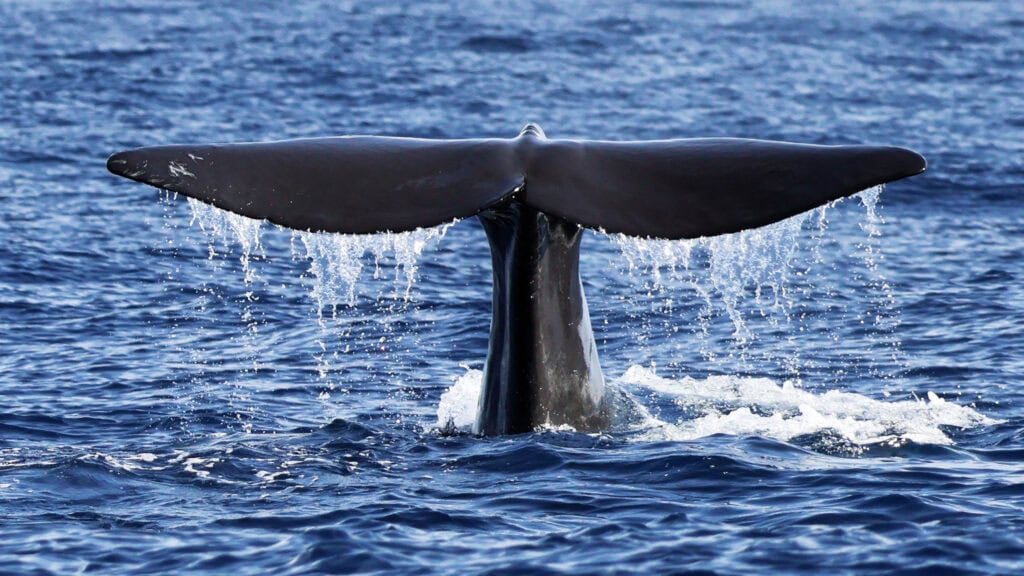
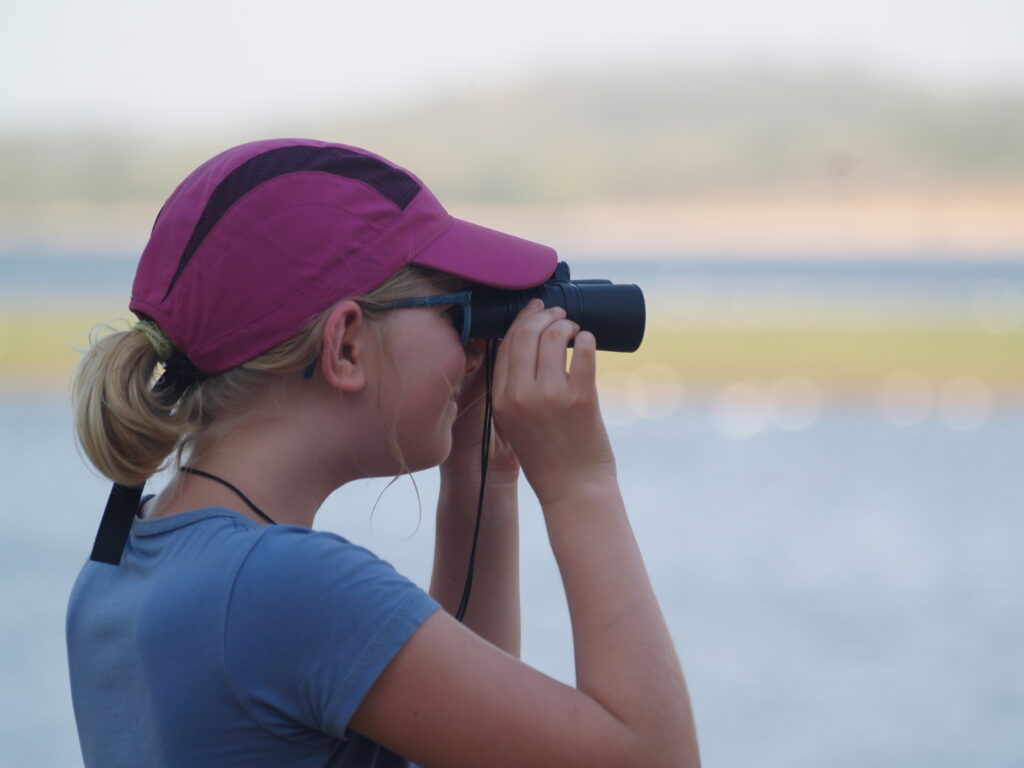
You can participate in this volunteer citizen science project by:
- Land-based observation: Choose a spot on land where whales can clearly seen. The organization you will be working with will probably have some good tips for you!
- Sea-based observation: Join the organization’s boat trip or go out in your own boat to spot whales from the water.
Scroll down to see the organizations participating in the Global Whale Count.
Before You Start Spotting:
We can only go spotting if the weather allows, so please check the socials and/or the website for updates. You will need to read up in advance to learn what features to look to identify the animals. You’ll be observing independently, but at some locations, volunteers will be available to answer questions.
Tips!
- Block off the 7th of September in your calendar! That’s your special whale count day! Plan your spot location. Find a high vantage point for spotting, and be patient. Also check traffic conditions and parking availability before you go.
- Bring your friends and family!
- Bring binoculars – they really help. A camera with a full battery is useful for capturing quality images, but a good (charged) smartphone works too. You’re welcome to take and submit video footage as well.
- No one can guarantee whale sightings. Nature doesn’t follow a script… But enjoy your surroundings regardless! 😉
- Take care of yourself: bring a hat for the sun, a filled water bottle, snacks, and weather-appropriate clothing. A folding chair, cushion, or blanket is also useful if you’ll be sitting on rocks.
- Don’t disturb animals (or people, of course). Check the rules regarding whale watching.
- Participation is at your own risk. Always look after your own safety and that of others, especially near the water and with children.
- Submitted images will become property of the organization. Check their citizen science policy. You will remain a co-owner though (policy Rugvin Foundation). When your photo or video is used (e.g. in a scientific article), your name will be credited. For questions about transferring image rights, please contact the organization directly.
- Taking a cool whale-spotting selfie for Facebook? Tag us and/or the organization – we love that!
- Submit your form on the day of the count.
And most importantly… have lots of fun being a citizen scientist!
What if you don’t find a participating local organization or your organization doesn’t have a citizen science form? You are welcome to use this one:
What if you want to help in a different way. Check the whale research organization you attend for possibilities or… adopt a Dutch porpoise!
Where to spot?
Where can you spot whales?’ is one of the most exciting questions for any whale enthusiast! To help you on your search, we introduce you to our fellow whale researchers and the organizations taking part in the count. Check their website for tips. It will point you toward the best places to look for whales. These organizations are registrated participants of the Global Whale Count.

WDC SHOREWATCH (SCOTLAND)
Shorewatch Scotland is a network of volunteers trained and supported by WDC to carry out regular surveys from Shorewatch sites across Scotland.
Website: uk.whales.org
Citizen Science Form: WDC Shorewatch
Type of Citizen Science: Land based
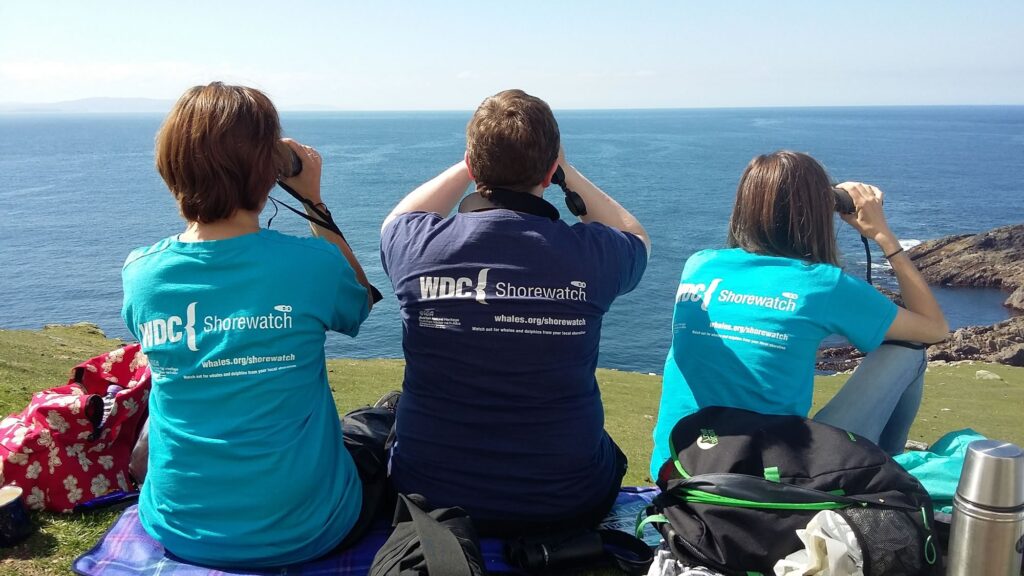
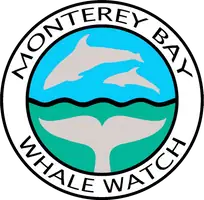
MONTEREY BAY WHALE WATCH (CALIFORNIA)
Their marine biologists collect valuable data on the marine mammals sighted during their whale watch trips. Photo-identification work is focused on different species.
Website: www.gowhales.com
Citizen Science Form: on the boat
Type of Citizen Science: Sea based

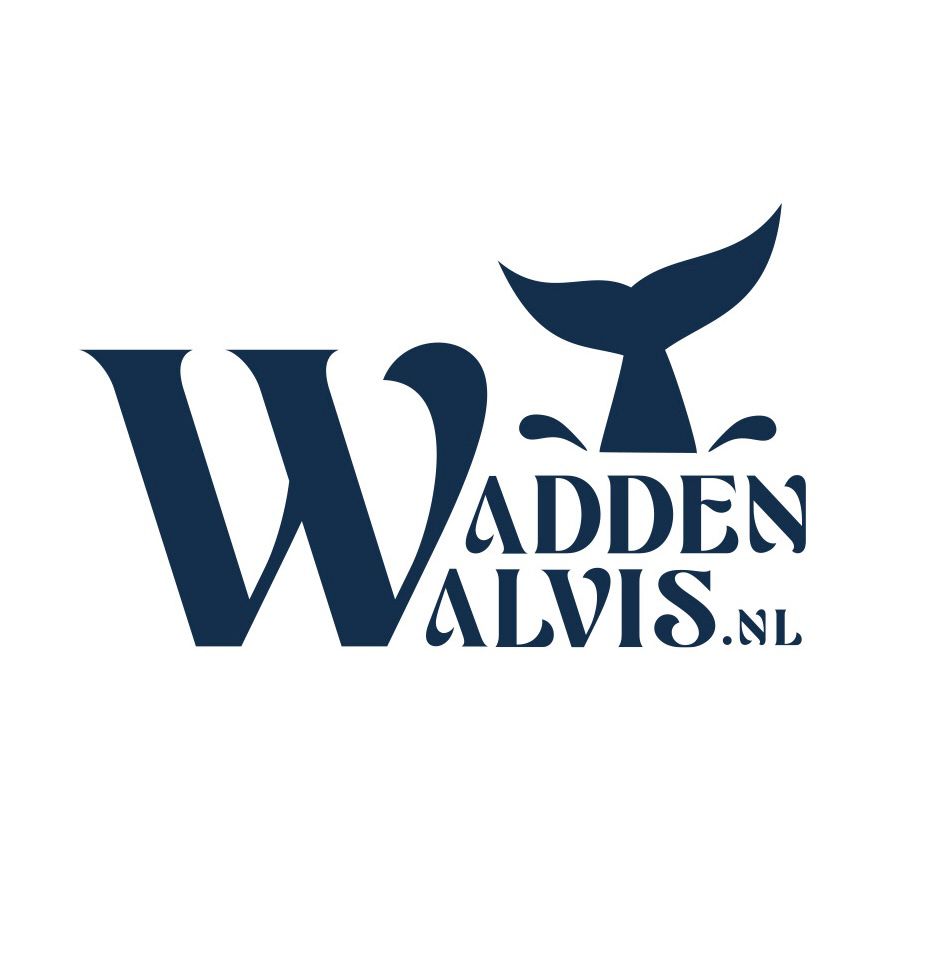
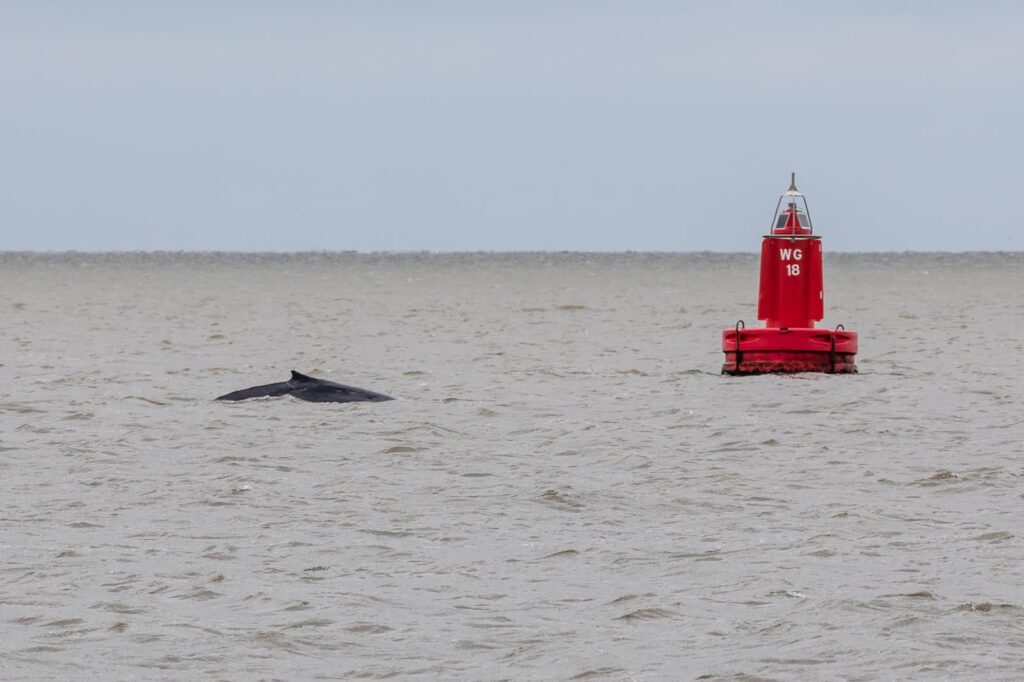

UHI SHETLAND
The waters off Shetland and Fair Isle are identified as an IMMA. As partners in the BLUE CONNECT project, UHI Shetland will focus specifically on enhancing our knowledge of marine mammals in this region.
Website:www.shetlandmarinemammals.com
Citizen Science form: here
Type of Citizen Science: Sea and land-based

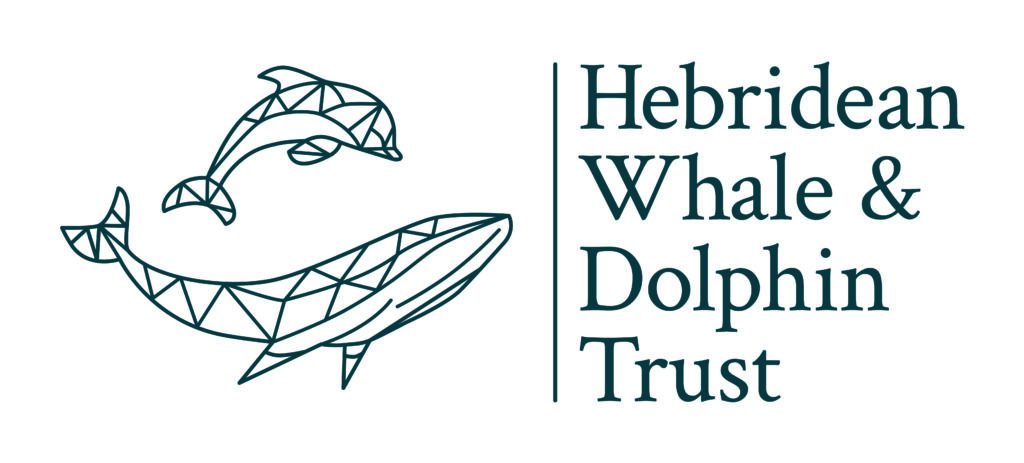
HEBRIDEAN WHALE AND DOLPHIN TRUST (SCOTLAND)
Based on the Isle of Mull, in the heart of the Hebrides, HWDT has led the way for the conservation of cetaceans off western Scotland for 30 years. Join the Whale Track community and report your sightings to help protect whales and dolphins in Scottish seas.
Website: www.hwdt.org
Citizen Science form: whaletrack
Type of Citizen Science: Sea and land-based


FUTURISMO, AZOREN
Futurismo’s purpose is to create value and bring prosperity to the Azores and the Azoreans, decisively contributing to the qualification and betterment of tourism in the Azores, through science, education, culture, and sharing, aiming to create memories and impact travelers, in perfect respect for our land and our people.
Website: https://www.futurismo.pt/
Citizen Science form: on board
Type of Citizen Science: Sea based
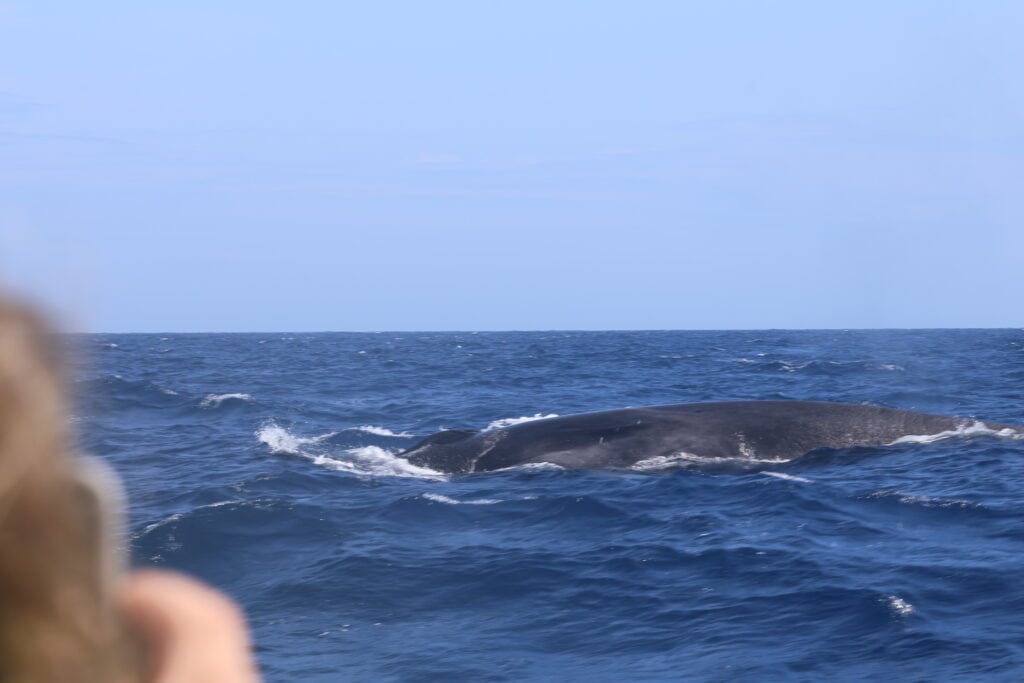

FARALLON ISLANDS USA
Oceanic Society was founded in San Francisco in 1969. Our mission is to improve ocean health by deepening the connections between people and nature to address the root cause of its decline—human behavior.
Website: https://www.oceanicsociety.org/
Type of Citizen Science: Sea-based
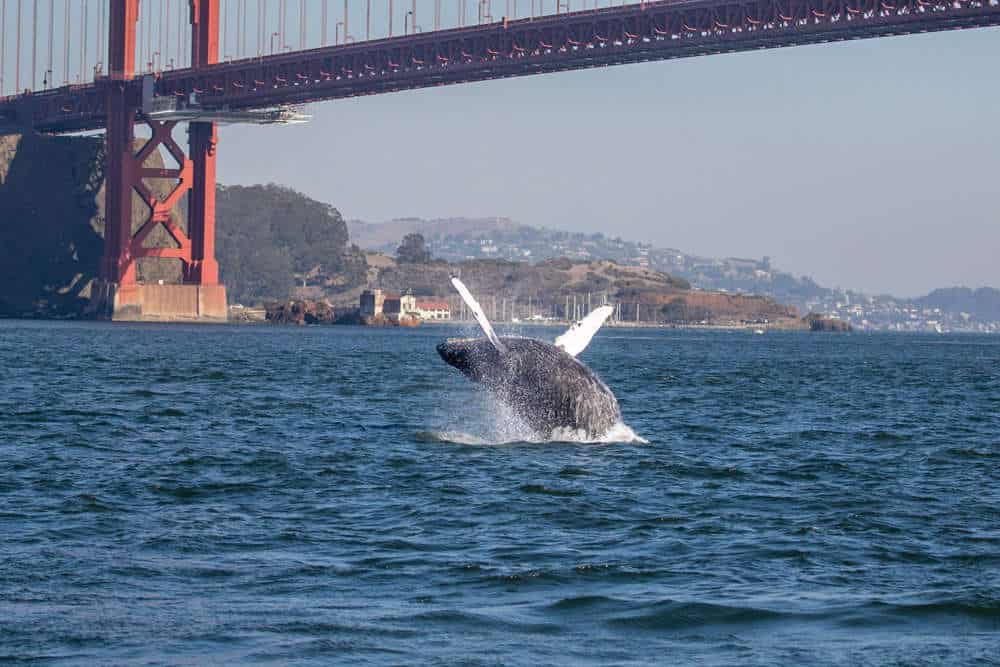
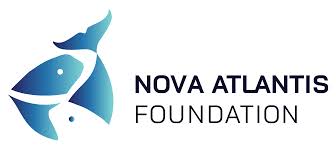
NOVA ATLANTIS (PICO, AZOREN)
Nova Atlantis Foundations goal is the conservation of the coastal and pelagic waters of the Azores. They contribute by providing data on marine mammal ecology to stakeholders, such as local authorities, the scientific community, environmental NGOs, and through lobbying. Key species in our behavioural, ecological studies are the resident Risso’s dolphins.
Website: https://www.nova-atlantis.org/
Type of Citizen Science: Land- and Sea-based
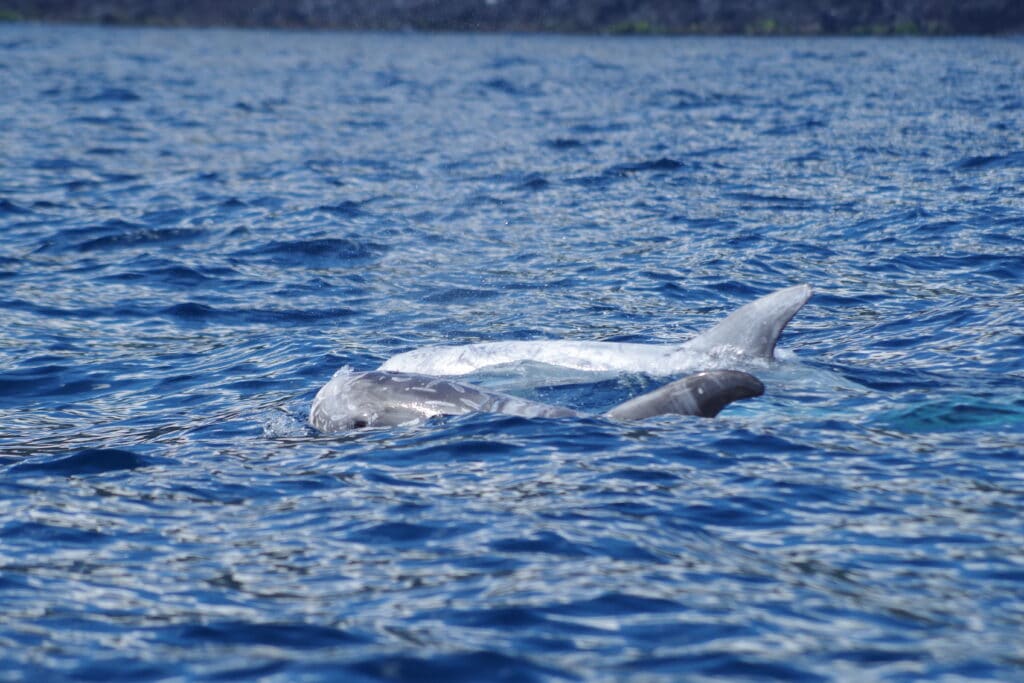

STICHTING RUGVIN (EASTERN SCHELDT)
The Rugvin Foundation conducts ongoing research on species diversity, population dynamics, and the behavior of harbour porpoises, dolphins, and whales observed in the North Sea and the Eastern Scheldt.
Website: www.rugvin.nl
Citizen Science form: R-CSF
Type of Citizen Science: Land-based
